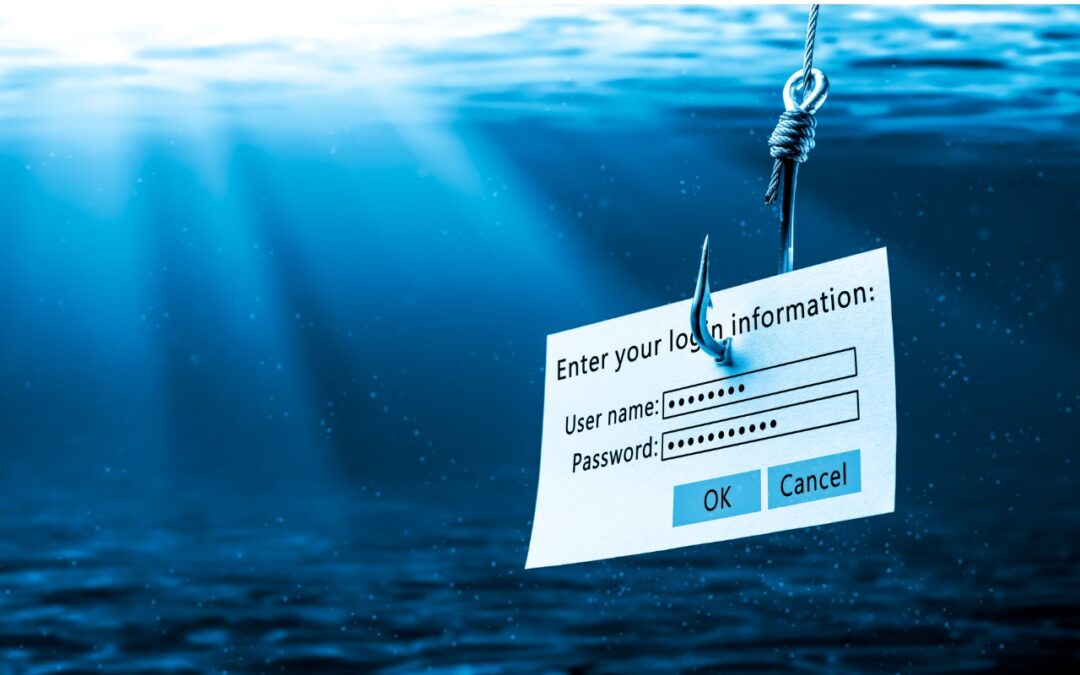We know it can be a challenge to liberate yourself from certain foibles or failings. Luckily, though, some shortcomings are easy to eliminate!
We’re talking about your email address. Yes, you! Have you been avoiding the big jump from that old Hotmail or (horrors) AOL email moniker?
Switching to a custom email address might seem overwhelming, and it will take some time, but it’s not that hard or expensive. Plus, we are always happy to help if you get stuck.
Why Consider Switching to a Custom Address?
Why would you want to take on such a task? There are many reasons. The most important is that an email address you “own” is preferable to one you effectively “rent.”
If you’re using the email address that came from your Internet service provider, you could end up in an awkward situation if you have to move and switch ISPs. Any address that ends in @comcast.net, @anything.rr.com, @verizon.net, @earthlink.net, etc. could pose a challenge if you change providers.
More importantly, if we can be catty for a minute: an email address says something about you. Are you smart and savvy or dated and stuck in the 1990s? Your email address will make it clear!
Those with a free Juno, Hotmail or Yahoo! account likely signed up years ago and don’t take email very seriously. People who use an @icloud.com, @me.com, or @mac.com address are clearly Apple users, and those with an address ending in @live.com, @msn.com, or @outlook.com are probably Windows users.
We all know someone who still uses a .edu address that identifies students, teachers and school employees—but if you’re not one anymore, your email looks like you’re wearing a varsity jacket long after you graduated.
Gmail, which boasts about 1.5 billion users worldwide now, may be the most generic and least off-putting, but your Gmail does not say, “Independent and knowledgable.”
Registering your own domain name, which usually costs less than $20 per year at sites like hover.com, squarespace.com and register.com is the best way to make the right first impression.
We use squarespace.com, which offers domains and web hosting.
How to Change to a Custom Address
Step 1: Register a new domain name. The hard part here is thinking of a name that hasn’t already been taken. It’s best to stick with the traditional top-level domains like .com, .net and .org—if you get into the new ones like .beer (yes, that’s available), your email is a bit more likely to be marked as spam. Most domain registrars will also host your email for you, and if you go this route, you can skip Step 2.
Step 2: If you’re already using Gmail or another independent email provider that isn’t tied to your ISP, log in to your account at your domain registrar and configure it to forward all email to your existing email address. In this case, you can skip Steps 3 and 4.
However, if you aren’t happy with your current email provider, you’ll need to set up an account with a new one.There are multiple options, but many people use a paid email provider that usually costs less than $50 per year and supports multiple mailboxes, such as hover.com, fastmail.com or protonmail.com. When you set up the account, you’ll need to create one or more new email addresses at the provider and configure MX (mail exchange) records with your domain registrar—the service will provide instructions for this.
If you like a one-stop shop, hover.com (which we use) offers both domains and email in one spot.
Step 3: If you’re changing email providers as part of this process, you’ll need to configure Mail—or whatever email client you’re using—to connect to your new email account with the login credentials you set up. That’s not hard, but being able to send email that comes from your custom address can require some effort with the free email providers. Gmail provides instructions, and others do support this feature. Unfortunately, iCloud won’t let you send email using a custom address.
Step 4: If you’re moving to a new email provider, you’ll need to forward your mail from your old provider to your new custom address. Most email providers and ISPs have a screen somewhere in the account settings of their Web sites that allows you to enter a forwarding address.
Step 5: Tell your family, friends and colleagues about your new email address, and update mailing lists and newsletters you want to keep receiving (like this one)! The forwarding you set up in the previous step will ensure you don’t miss anything during the transition, but remember that if you cancel your old ISP account, that forwarding will end. It’s important to start the process well in advance.
Ultimately, the specific details involved in your switch will vary depending on your choice of domain registrar and email provider. If you would like additional recommendations or assistance in setting all this up, just let us know.




